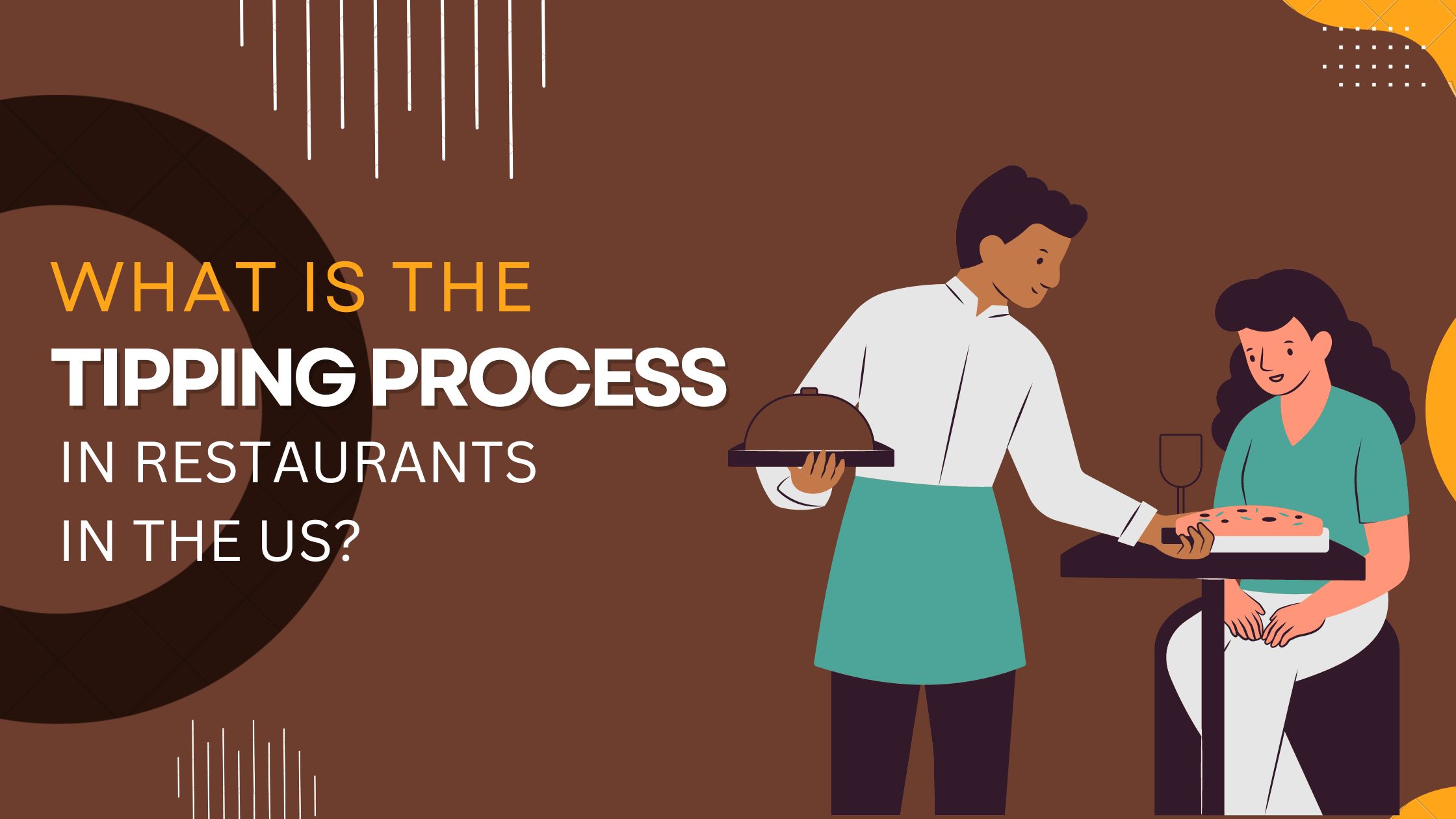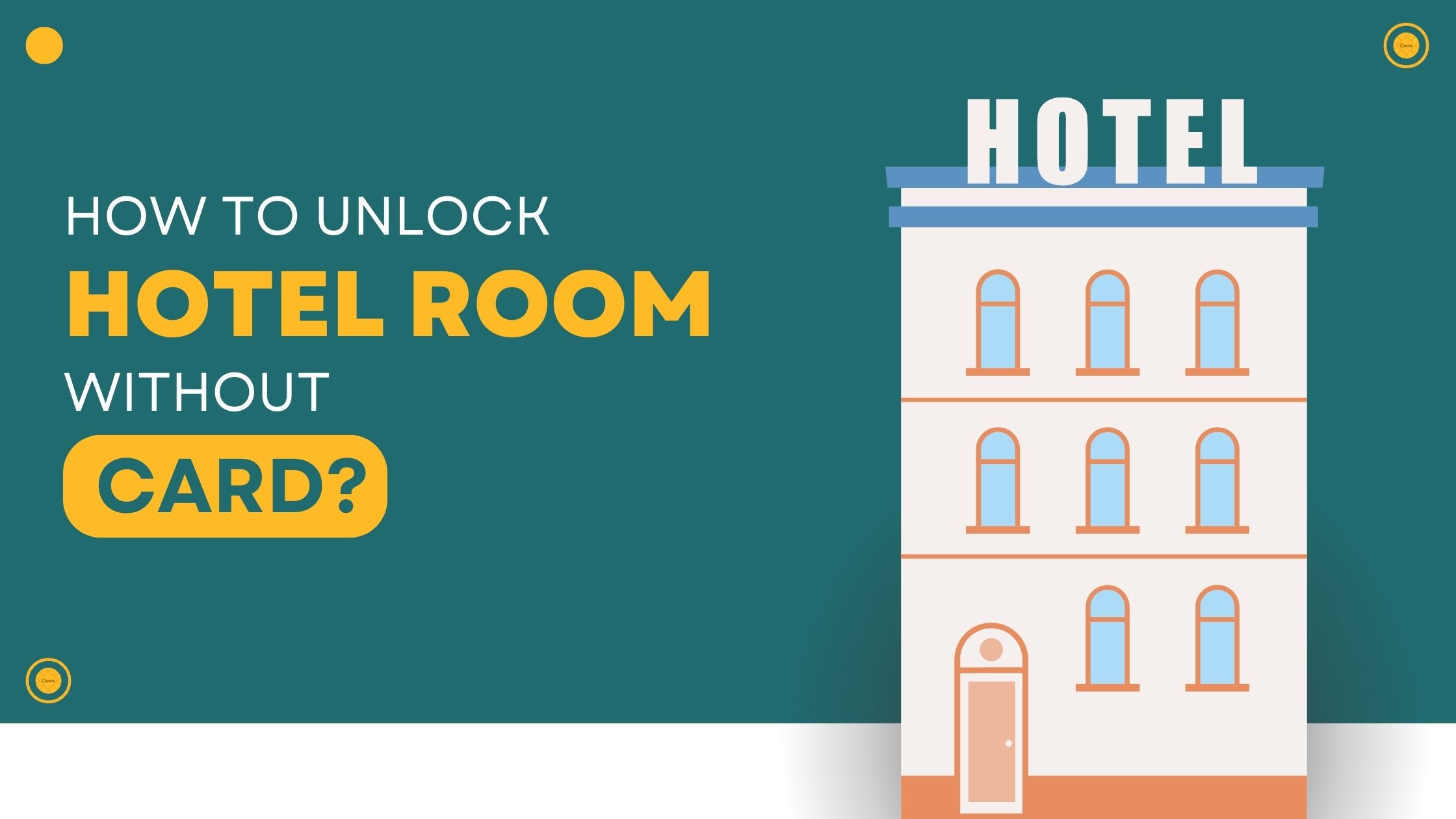If you have ever dined in a restaurant in the United States, you may have noticed that tipping is an essential part of the dining experience. As a customer, you may be wondering, “What is the tipping process in restaurants in the US?”
In this article, we will explore the tipping process in restaurants in the US including how much to tip, who to tip, and why tipping is an essential part of the American dining experience.
What Is The Tipping Process In Restaurants In The US?
When visiting a restaurant in the United States, it is customary to leave a tip for your server. The standard tipping amount is usually 15-20% of the total bill before tax. This percentage can be adjusted to higher or lower depending on the level of service received.
There are several ways to go about leaving a tip at a restaurant. Cash tips are commonly left directly on the table.
With credit card payments, customers may choose to add an additional gratuity via the payment slip.
Moreover, customers may opt to include a gratuity when paying with their debit card at the point-of-sale machine.
By following these tipping guidelines, customers can show appreciation for servers and ensure that they receive adequate compensation for their efforts.
Tipping also plays an important role in the restaurant culture of the United States. The servers rely on tips for a significant portion of their income.
It is always a good idea to check with your server before leaving a tip to make sure that you are following any specific tipping protocols for that particular establishment.
How To Tip In America With Card?

Photo by Mark OFlynn on Unsplash
Tipping is an important part of the American dining experience and you may often find yourself tipping with a credit card. It’s important to understand how to tip with a card so that you can ensure your payment goes to the right person.
Here are the steps for tipping with a credit card in America:
- Write down the amount of your tip on the receipt, before signing it.
- Calculate the total amount (tip + bill) that needs to be charged to your card and make sure this number matches what’s on your receipt.
- Sign-off on the receipt to confirm that all information is correct and accurate.
- Hand over your credit card and wait for it to be processed.
- After the card has been charged, your tip will be paid out to the service provider at a later date.
By following these steps, you can ensure that your tips are going directly to the people who provide you with excellent service!
When And How Much To Tip In Restaurants In The U.S.?
Generally speaking, you should tip according to the quality of service received and the type of establishment you are visiting. For restaurants where you are seated and served with attention by a waiter or waitress, it is expected that you tip 15-20% of the pre-tax total bill amount.
In fine dining establishments or for exceptional service, this can rise up to 25%. Anything lower may be perceived as poor etiquette.
If doormen open doors for you at hotels or elsewhere, a small token of appreciation such as $1 per person is typically expected but not mandatory.
For takeaway food like McDonald’s or coffee shops, there may be a tip jar available if you’d like to offer some spare change.
Is Tipping Mandatory In Restaurants USA?
Tipping is an important part of restaurant culture in the United States, but it is not mandatory. The amount of tip a customer should leave is ultimately up to them, though certain guidelines can be followed when deciding how much gratuity to pay.
Generally speaking, the standard tipping rate for servers in restaurants is between 15% and 20% of the total bill.
However, some customers may choose to tip more or less depending on their experience with the particular server or restaurant.
It’s important to remember that tips represent a portion of a server’s income, so generous tipping is always appreciated.
Ultimately, tipping in restaurants – while not mandated by law – reflects a customer’s appreciation for good service. It also helps to ensure that servers receive fair compensation for their work.
What Happens If You Don’t Tip In America?

Photo by Sam Dan Truong on Unsplash
When it comes to tipping in the US, not doing so is generally considered rude and disrespectful. In restaurants where tipping is customary, servers typically rely on tips as a significant portion of their income, so not tipping can have a serious impact on their earnings.
In some cases, restaurants may add a mandatory gratuity to the bill for larger parties; not paying this would be seen as breaking the restaurant’s policy.
Similarly, service charges may be added to your bill – these are different from gratuities and may also be mandatory.
If you don’t tip or pay any other kind of gratuity in America, you risk being viewed negatively by both the server and other diners.
You might even get bad service the next time you go to the same restaurant. In most cases, it’s best to either tip in line with the local custom or ask your server how much gratuity is expected.
That way, you can show your appreciation for their service and ensure that everyone gets a fair wage.
What Is Gratuity Vs Tip In Restaurants In The U.S.?
Gratuities and tips may seem the same, but there are some important distinctions between them. A gratuity is a mandatory charge added to an invoice for services rendered, whereas a tip is an optional payment given voluntarily by a customer in appreciation of service.
Gratuities are usually calculated as a percentage of the total bill, often ranging from 10-20%. Tips. A tip can be whatever amount the customer sees fit.
In contrast to tips that customers provide freely, gratuities are expected payments and many establishments automatically include them in their billing system.
In this way, they ensure that employees are compensated for their hard work.
While it’s always appreciated when customers offer additional tips beyond the required gratuity amounts, gratuities are not considered the same as tips.
So in summary, gratuity is a mandatory charge added to an invoice for services rendered and must be paid. A tip is an optional payment given voluntarily by a customer in appreciation of service.
Do You Still Tip If Gratuity Is Added?
The answer to the question is not straightforward, as it depends on a few factors. In some cases, gratuity is added to the total bill as a courtesy from the establishment and it is not necessary for customers to add additional tips.
However, if the service was exceptional and the customer had an enjoyable experience, it may be appropriate for them to leave an additional tip.
It’s important to know your rights when it comes to tipping because different laws or local customs may apply in each country or region.
For instance, some establishments may include an optional gratuity on their check that can easily be altered or removed by the customer before paying.
Additionally, some countries have laws that require tipping and others may not.
Therefore, it’s best to check with local policies before deciding whether or not to add an extra tip on top of the gratuity.
All in all, when automatic gratuity is added to the bill, customers should consider their experience and any local customs to determine if additional tipping is appropriate.
If you had a wonderful experience at the restaurant and feel like the service was worth more than what was included in the automatic gratuity, then leaving an additional tip would be a nice gesture.
Do You Tip At McDonald’s USA?

When it comes to fast food restaurants, tipping is not typically expected or required. This includes establishments like McDonald’s USA. While some customers may choose to leave a small tip in the jar provided, this is completely optional and not necessary.
Doormen at hotels are also not expected to be tipped, though you may receive better service if you do show your appreciation with a gratuity.
In general, most people in the U.S. simply prefer a warm thank you for good service instead of money as a sign of gratitude.
Should You Tip With Cash Or Card?
For many food industry servers, cash is the preferred option. That way, they receive their tips right away instead of waiting for payday when credit card gratuities are paid out. Cash also eliminates the hassle of needing to report credit card tips come tax time.
Any cash tip over $20 must be reported on IRS Form 4070 by employers.
However, there are some advantages to tipping with a card.
You don’t have to worry about carrying around large amounts of cash and it’s easier to keep track of how much you’ve spent in total (including the gratuity).
Plus, if something was wrong with your order, it’s easier to get a refund on the tip if you pay with a card.
Ultimately, the decision of whether to tip with cash or a card is yours.
How Do Waiters Get Tips From Cards?
There are several ways that employees can receive their tips from card payments. The most common method is to receive a check or direct deposit at the end of the pay period that reflects the total amount of credit/debit card tips they have earned during that period.
Another option is to use pay cards – systems that allow business owners to issue debit cards or payment cards directly to employees for their tips.
When it comes to getting paid for credit and debit card tips, employers need to understand their legal obligations.
For example, some states require that employers pay out card tips at the same time as cash tips, while other states may have different rules or regulations in place.
It is also important to make sure that employees receive all of the tips they are due – otherwise, this could lead to legal action being taken against the employer.
Conclusion
In conclusion, tipping in restaurants is an integral part of the American dining experience, and it is expected that customers will leave a gratuity for their servers. Tipping serves as a means for servers to earn a fair wage and rewards them for their hard work and excellent service.
While the standard tip rate in the US is 15-20%, customers can choose to leave more or less depending on the quality of service they receive.
By being mindful of the tipping process, we can ensure that our servers are compensated fairly for their efforts and that the dining experience is enjoyable for all involved.







